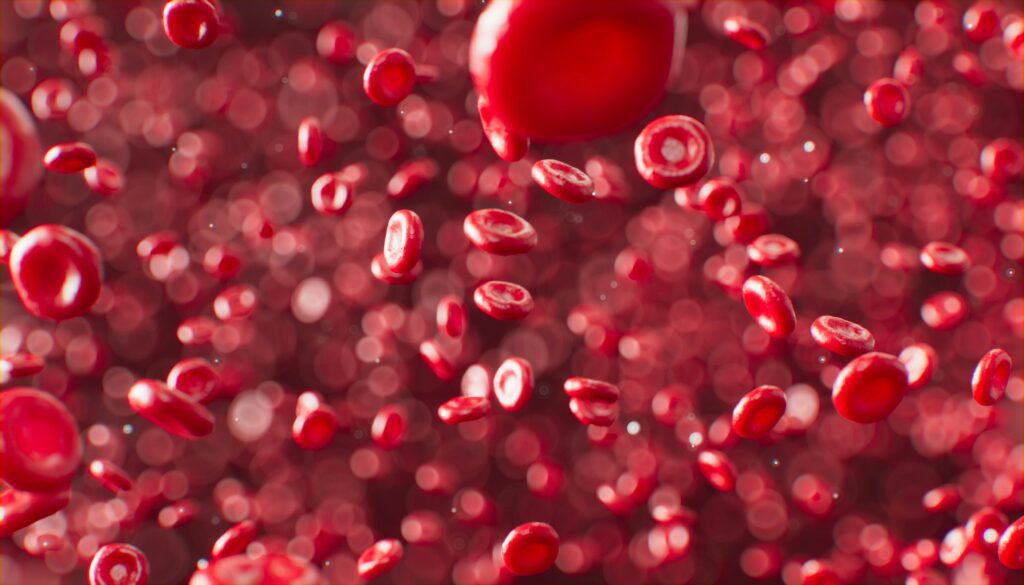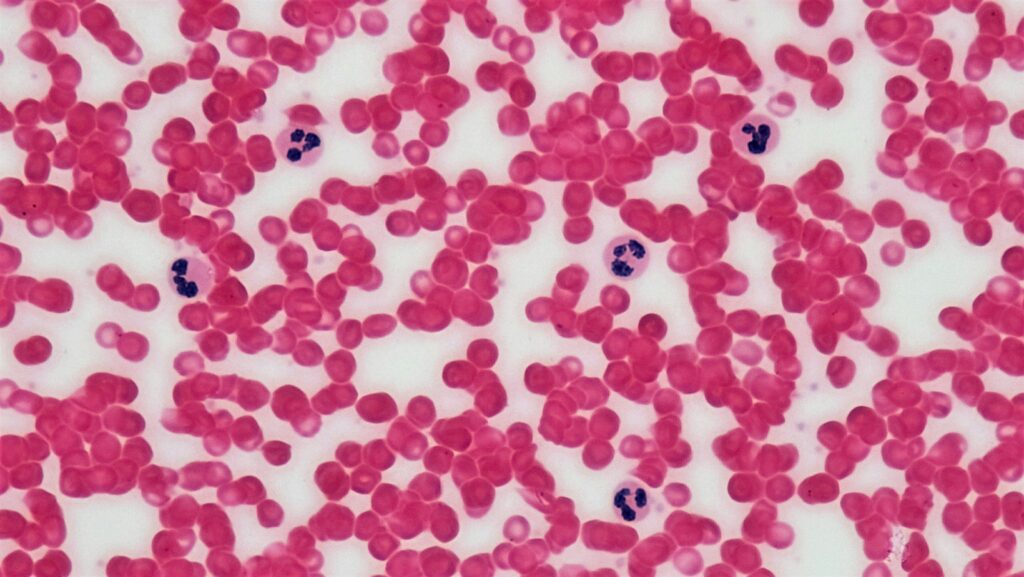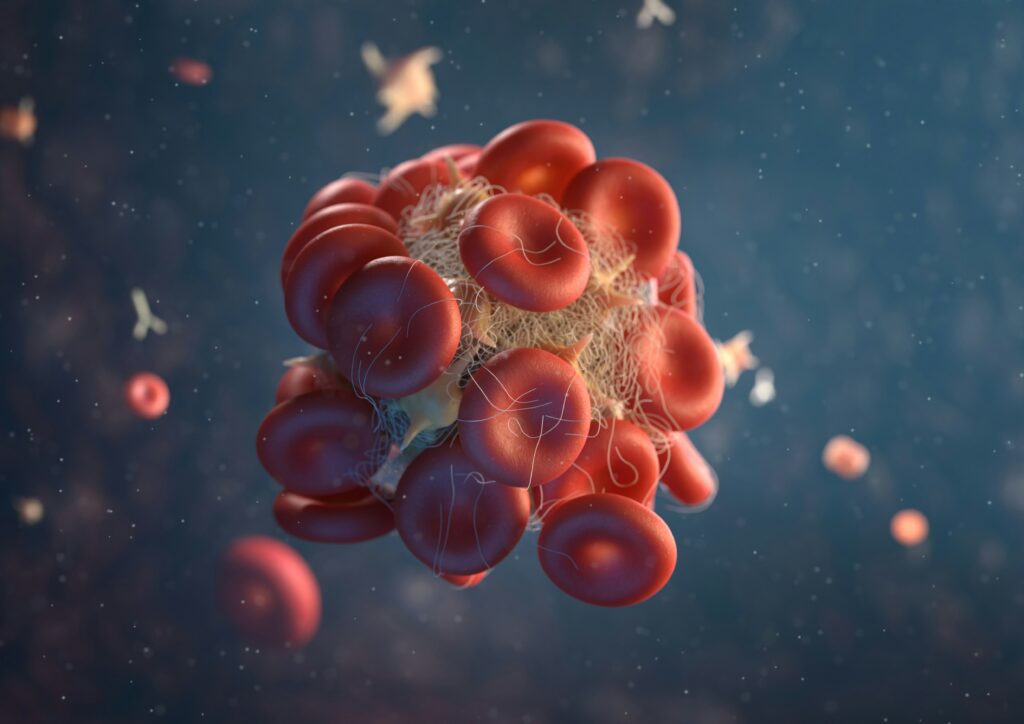What is a Full Blood Count?
The Full Blood Count (FBC), also known as the Complete Blood Count (CBC), is one of the most common and insightful laboratory tests available today. It checks your blood for key components—red blood cells, white blood cells, and platelets—offering clues to your overall health, immune system, and possible underlying issues.

But unless you’re a doctor, interpreting the values can be confusing. This post breaks down your FBC results into simple terms, so you can better understand what each part means and what it says about your body.
Red Blood Cells (RBCs)
Red blood cells carry oxygen from your lungs to the rest of your body. Abnormalities in this area often point to anemia, dehydration, or even chronic conditions. Several markers fall under the red cell category:

- RBC Count: Measures the number of red blood cells in your blood. Too few may mean anemia; too many might be due to dehydration or bone marrow disorders.
- Hemoglobin (Hb or Hgb): This is the oxygen-carrying protein in red cells. Low hemoglobin can cause fatigue, pale skin, and shortness of breath.
- Hematocrit (Hct): Reflects the percentage of your blood made up of RBCs. Low hematocrit may suggest blood loss, nutritional deficiency, or overhydration.
- Mean Corpuscular Volume (MCV): Shows the average size of your red blood cells. It helps determine the type of anemia—small cells (microcytic), normal size (normocytic), or large cells (macrocytic).
- Mean Corpuscular Hemoglobin (MCH) and Mean Corpuscular Hemoglobin Concentration (MCHC): These give more details about the amount and concentration of hemoglobin in your red cells, which are also useful for diagnosing different types of anemia.
Understanding these results can help catch conditions like iron deficiency, vitamin B12 deficiency, or chronic blood loss early—often before noticeable symptoms develop.
White Blood Cells (WBCs)
White blood cells are the body’s defense system. They fight off infections, viruses, and inflammation. An increase or decrease in your WBC count may indicate that something’s going on internally.

- Total WBC Count: Measures the overall number of white blood cells. High counts can suggest bacterial infections or inflammation, while low counts might mean bone marrow suppression or viral infection.
- WBC Differential: Breaks the WBC total into subtypes:
- Neutrophils: First responders to bacterial infections.
- Lymphocytes: Tackle viruses and help with long-term immunity.
- Monocytes: Clean up dead cells and fight chronic infections.
- Eosinophils: Increase during allergies or parasitic infections.
- Basophils: Rare, but involved in allergic reactions and chronic inflammation.
The pattern of your white blood cell count can help your doctor determine if you’re fighting an infection, dealing with inflammation, or possibly have a more serious condition.
Platelets (PLTs)
Platelets are cell fragments that help stop bleeding by forming clots. Your platelet count can indicate how well your body handles clotting and whether you’re at risk of bleeding or thrombosis.

- Platelet Count: A low count (thrombocytopenia) may lead to easy bruising, prolonged bleeding, or bleeding gums. High platelet counts (thrombocytosis) might increase the risk of unwanted clotting.
- Mean Platelet Volume (MPV): Indicates the average size of platelets. A high MPV may mean your bone marrow is producing new platelets quickly, usually after a drop in platelet numbers.
Your doctor may track platelet changes over time, especially after an illness, surgery, or when monitoring treatment for certain conditions like autoimmune diseases.
What Do Abnormal Results Mean?
Abnormalities in your Full Blood Count don’t automatically mean something serious—but they do give clues that something may need further investigation.
Here are a few common findings and what they could suggest:

- Low RBC, Hb, or Hct (Anemia): May cause fatigue, shortness of breath, and pale skin. Causes range from nutritional deficiencies (iron, B12), chronic disease, to blood loss.
- High RBC, Hb, or Hct (Polycythemia): Can thicken blood, raising risks of clots. Causes include dehydration, smoking, or rare bone marrow disorders.
- Low WBC (Leukopenia): May indicate viral infections, bone marrow problems, or certain medications.
- High WBC (Leukocytosis): Often signals infection, inflammation, stress, or, less commonly, blood cancers.
- Abnormal Differential: For example, high neutrophils often point to a bacterial infection; high lymphocytes can suggest viral infection or chronic inflammatory conditions.
- Low Platelets (Thrombocytopenia): Can lead to easy bruising or bleeding; possible causes include infections, medications, or autoimmune disorders.
- High Platelets (Thrombocytosis): May increase clotting risk; sometimes reactive (e.g., after surgery) or due to bone marrow diseases.
Always remember: your doctor will consider your symptoms, medical history, and other tests to make a final diagnosis.
Tips to Prepare for a Full Blood Count Test
Although the FBC doesn’t require extensive preparation, these small tips can improve test accuracy and interpretation:

- Stay hydrated: Dehydration can falsely increase some values.
- Inform your doctor: Mention any supplements or medications, as they may affect results.
- Try to relax: Stress can raise your white blood cell count temporarily.
- Avoid intense exercise: This can also influence results, particularly white blood cells and platelets.
Taking Charge with FBC
A Full Blood Count may be just a routine test, but the information it provides can be life-saving. It reveals how well your body transports oxygen, fights infection, and prevents bleeding. When you understand what the numbers mean, you’re better equipped to take charge of your health.

Whether you’ve received an FBC result or are just curious about your lab work, don’t hesitate to ask your healthcare provider questions. And if you ever need a reminder, we’ll be here at Diagnostic Diaries to help decode the data.


